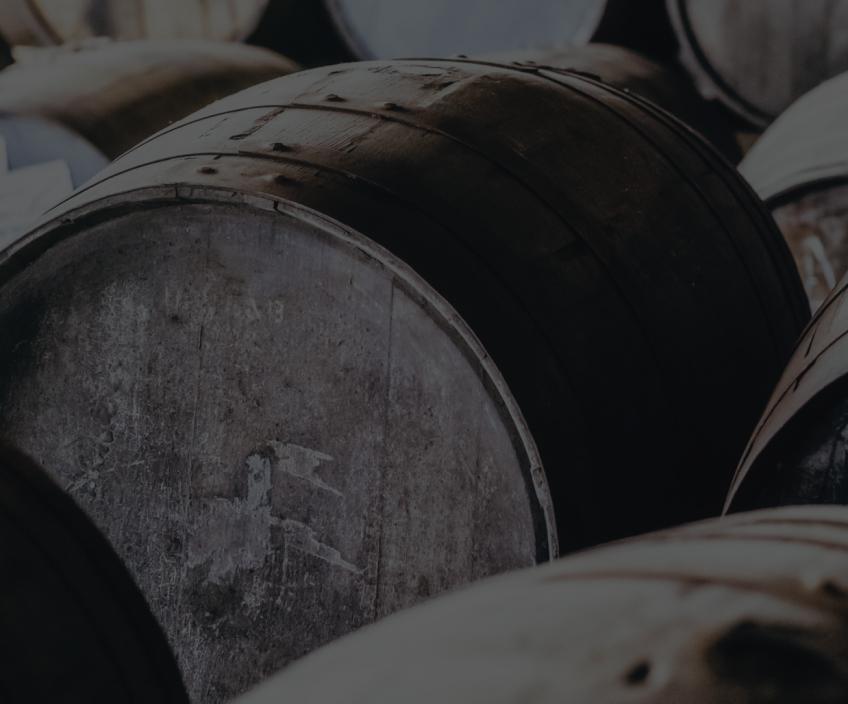Why Whisky Cask Investments Are Considered a Stable Alternative Asset

Whisky cask investments have moved from niche circles to mainstream portfolios. They offer a tangible asset, a long track record of price resilience, and a different risk profile from stocks or bonds. In the UK, investors use the asset to diversify, hedge against inflation, and access a collectible market with practical storage needs.
What makes whisky cask investments appealing?
Supply dynamics and aging timelines shape value. Each cask matures slowly, and provenance matters. A well‑documented warehouse and a trusted bottling partner reduce uncertainty, leaving room for value appreciation as the liquid market grows.
Key benefits for a UK portfolio
The core advantages lie in diversification, potential exemptions from capital gains volatility, and a defined, physical asset. The market also benefits from strong domestic demand and a steady stream of new buyers seeking alternative investments.
To help you compare, here is a quick overview of how whisky cask investments stack up against traditional assets.
| Asset | Liquidity | Volatility | Inflation Hedge | Storage |
|---|---|---|---|---|
| Whisky Casks | Moderate; depends on market access | Low‑to‑moderate | Moderate | Physical warehousing |
| Stocks | High | High | Low‑to‑moderate | Electronic records, no space |
| Gold | High | Low | High | Custody or vaults |
Wholesale insight matters. Investors favour casks from recognised distilleries, with documented cask numbers, warehouse receipts, and bottling plans. This transparency lowers the risk of mislabelled stock and helps price discovery in a niche market.
How stable are whisky cask investments?
A stable profile comes from predictable factors: aging curves, bottling windows, and a steady market of buyers. While no asset is immune to downturns, whisky casks tend to moderate swings when compared with equities. The costs stay aligned with gradual price growth rather than sudden spikes.
As alternative assets gain popularity, whisky cask investments have become a favored option for diversification. They appeal to individuals who appreciate tangible assets with long-term potential.
What to watch for stability in practice
Track supply constraints, storage costs, and the credibility of the manager. If a warehouse offers transparent temperature logging and independent audits, you gain confidence that the asset preserves its value through the aging process.
Investors often weigh these practical considerations before entering the market.
Below is a concise view of typical costs and timelines involved in whisky cask investing.
| Aspect | Typical Range |
|---|---|
| Initial purchase fee | 0.5–2% of cask price |
| Annual storage and insurance | 0.1–0.5% of value |
| Aging period to bottling | 6–20 years, depending on stock |
| Exit options | Secondary market or direct bottling |
Risks and mitigations
Like any alternative asset, whisky casks carry specific risks. Market appetite can shift, and bottling trends influence value. Currency exposure, especially for UK buyers, can also affect returns if you plan to exit in another currency.
Mitigation steps include thorough due diligence, reputable custodians, and a diversified mix of cask types and distilleries. A clear exit plan—whether through resale or bottled releases—stabilises expectations.
Practical steps for a prudent approach
1. Choose a provider with audited storage and a transparent cask registry. 2. Diversify across distilleries and regions within the UK market. 3. Set a maximum exposure limit to whisky casks in your overall portfolio. 4. Align your horizon with a realistic bottling timeline to avoid liquidity crunches.
In addition to diversification, consider how whisky cask investments complement other assets in your portfolio, such as equities, cash, and property. This balance supports a more stable overall risk profile.
Case examples: what a stable framework looks like
Two short scenarios illustrate how a prudent customer might approach this asset class. Each prioritises transparency, reasonable costs, and a clear exit path.
- Investor A buys a single cask from a well‑regarded distillery, stores it with a certified warehouse, and plans to bottle after 12–15 years. They track annual storage fees and maintain receipts for audit trails.
- Investor B diversifies across three casks from different distilleries, spreading risk and timing their exit to align with a favourable bottling window.
These examples show how a stable framework relies on credible documentation, predictable storage costs, and a long‑term horizon.
Checklist for due diligence
- Warehouse certification and insurance coverage
- Provenance documents for each cask
- Clear bottling strategy and timelines
- Transparent fee structure and exit routes
Table: Common questions about whisky cask investments
| Question | Answer |
|---|---|
| Are whisky casks a safe haven? | They offer stability relative to equities, but still require careful management and a long horizon. |
| What influences value? | Provenance, distillery reputation, aging progress, bottling plans, and market demand. |
| How liquid are they? | Moderate; liquidity improves with trusted custodians and clear exit routes. |
Conclusion
Whisky cask investments present a practical, tangible way to diversify a UK portfolio. With careful due diligence, credible storage, and a long‑term plan, they can complement traditional assets and contribute to a more stable overall return profile.







